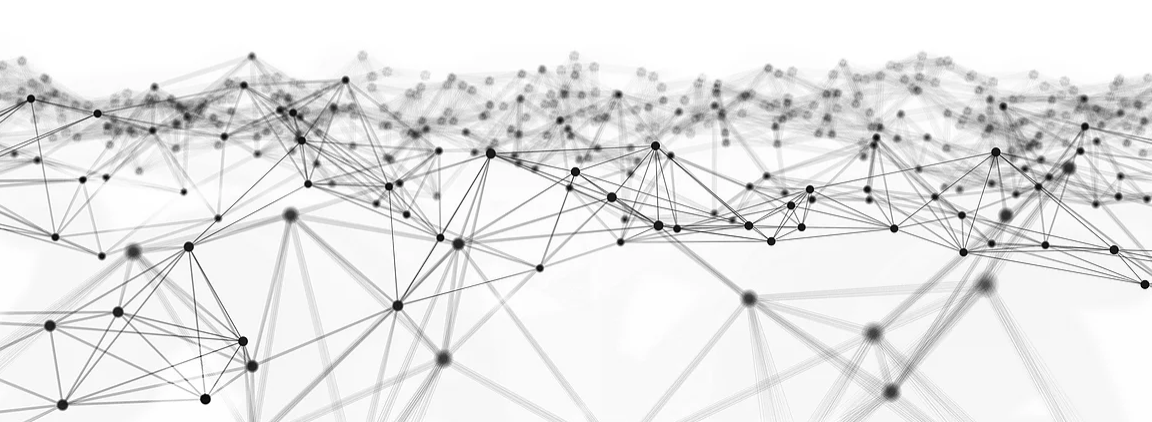In educational settings, the concept of network effects explores the value creation by educators, change agents, and learners. Grounded in network theory, the underlying assumption posits that networks fundamentally alter the ways in which relationships are built and leveraged to attain positive outcomes (DiMaggio & Garip, 2012). These networks comprise people, schools, religious institutions, government bodies, and other places of influence that converge to effect change.
Networks also represent a constellation of interlinked advantages—or disadvantages—in a given community. The more interconnected advantages a community possesses, the more likely it is to add even more beneficial nodes to its network. Conversely, disadvantages tend to multiply as well.
What makes network effect significant in education
Networks have always been integral to human interaction, but the means by which they can be crafted and extended have undergone seismic shifts, notably through the advent of social media. When such a network becomes operational in the educational sphere, we see the emergence of the ‘network effect.’ In their paper, ‘NET GAINS: A Handbook for Network Builders Seeking Social Change,’ Peter Plastrik and Madeleine Taylor identify four noteworthy effects:
- Rapid Growth and Diffusion: Enables the immediate dissemination of crucial information within the network.
- Small World Reach: Facilitates easy connections between people in different geographical locations for diverse objectives.
- Resilience: Equips a robust and varied network to withstand disruptions and provide indispensable support to its constituents.
- Adaptive Capacity: Allows a network to recalibrate in response to environmental changes, leveraging the collective skills and knowledge of its members.
These influences dictate the efficacy and quality of educational delivery, depending on the goals of those enmeshed in the network.
Network Effects and Educational Equity
Network effects, when contemplated in an educational context, pave the way for comprehensive structural and systemic shifts. Integrating an underperforming school into an agile and effective network can result in significant enhancements in the educational experiences of its students.
Moreover, when a thriving network’s collective value is actualized, the benefits spill over into multiple areas of the educational ecosystem. Such a network can offer:
- Inspiration and support for underperformers at multiple levels—students, teachers, administrators.
- Avenues to critical funding opportunities and resources.
- Fresh reciprocal partnerships and collaborations.
- A platform for challenging systemic and cultural barriers impeding education quality.
When actors from various spheres—educators, policymakers, influencers—unite under the aegis of a network, the potential ramifications for educational systems are monumental. These networks, if orchestrated judiciously, hold the promise of a more equitable learning environment.
However, realizing this potential demands concerted effort from all stakeholders. Teachers, for instance, must be receptive to strategies deployed by leadership to truly engage with and enrich their students’ learning experiences. Similarly, parents must acknowledge and engage with initiatives designed to elevate their children’s education for it to be fully appreciated.
The transformative power of network effects in education is contingent upon the willful collaboration and proactive involvement of its participants. This collective endeavor, if diligently pursued, can chart a course toward lasting positive change.





